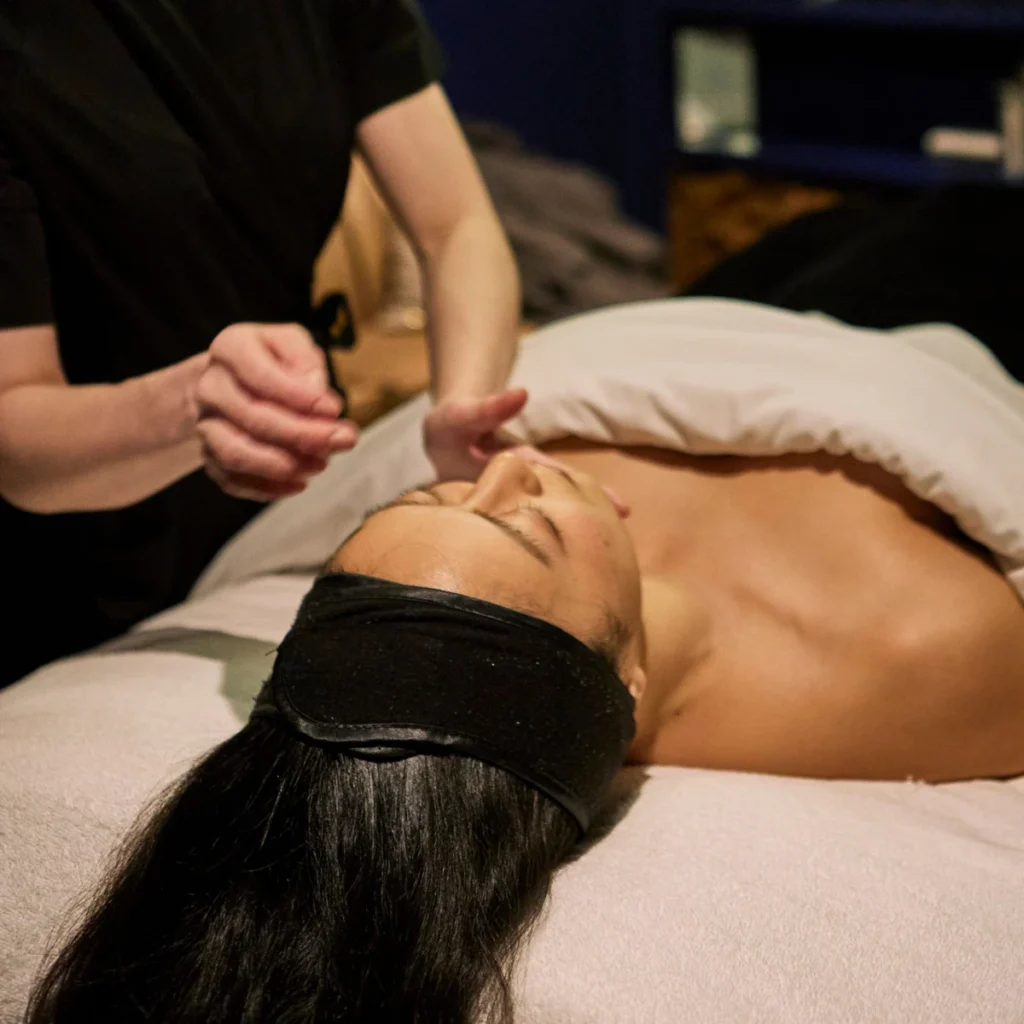In Korea—where skincare is taken as seriously as nutrition—collagen facials have become one of the most trusted tools in the anti-aging toolkit. But one of the most frequently asked questions from international patients and beauty seekers alike is:
“How often should I get a collagen booster facial?”
To provide a clear and medically grounded answer, we consulted leading Korean dermatologists and skin experts. Their insights reveal how treatment frequency varies based on age, skin type, and long-term skincare goals.
🧬 First, Why Collagen Facials Work Over Time
Before diving into how often you should schedule treatments, it’s essential to understand what collagen facials actually do.
These facials are designed to stimulate your skin’s natural collagen production using advanced techniques such as:
- Microneedling
- Radiofrequency (RF)
- High-Intensity Focused Ultrasound (HIFU)
- Laser therapy
- Peptide or stem cell serums
Collagen synthesis doesn’t happen overnight—it takes time. That’s why frequency and consistency are key to maximizing the benefits.
⏱️ How Often Should You Get a Collagen Facial?
🧖♀️ According to Korean Dermatologists:
“Most patients need a series of treatments spaced at regular intervals. Collagen needs to build gradually for results to become visible and long-lasting.”
— Dr. Min-Jae Song, Dermatologist at Apgujeong Anti-Aging Clinic, Seoul
Here’s a breakdown based on skin condition, age, and goals:
👶 In Your 20s to Early 30s (Preventive Care)
Goal: Boost collagen early to delay aging.
- Frequency: Once every 6–8 weeks
- Recommended Technology: Gentle microneedling, LED collagen therapy, peptide infusions
- Why: Collagen levels are still high, so light stimulation helps maintain long-term skin health and firmness.
✅ Ideal for: “Prejuvenation” (preventive rejuvenation)
👩 In Your Late 30s to 40s (Early Aging Signs)
Goal: Restore firmness and reduce fine lines.
- Frequency: Once every 4–6 weeks
- Recommended Technology: RF microneedling, HIFU, fractional laser, growth factor serums
- Why: Collagen starts to decline rapidly. Regular stimulation helps reverse early aging signs and maintain elasticity.
✅ Ideal for: Mild to moderate wrinkles, sagging, or uneven skin tone
👩🦳 In Your 50s and Beyond (Corrective Care)
Goal: Rebuild lost collagen, firm sagging skin, and improve texture.
- Frequency: Once every 3–4 weeks (for 3–6 sessions), then maintenance every 6–8 weeks
- Recommended Technology: Intense RF, HIFU, multi-layered skin tightening
- Why: At this stage, collagen is significantly depleted. More frequent sessions help jump-start collagen remodeling and skin repair.
✅ Ideal for: Deep wrinkles, loss of volume, and visible sagging
📅 What Is a “Treatment Cycle”?
Most Korean dermatology clinics follow a treatment cycle model, which means:
- Initial Intensive Phase
- 3 to 6 sessions spaced 3–6 weeks apart
- Focused on stimulating collagen and achieving visible change
- Maintenance Phase
- One session every 6–8 weeks to maintain and enhance results
- Combined with proper home care and sun protection
“The first few sessions wake up your skin’s collagen production. But regular maintenance is what preserves the results for years, not weeks.”
— Dr. Soo-Yeon Lim, Director at DermaCell Korea
🔄 How Long Do the Results Last?
Collagen production can continue for up to 6 months after a single session, depending on the technique used and your lifestyle. However, because collagen breaks down with age, ongoing maintenance is important.
Results can be long-lasting if:
- You follow a consistent treatment plan
- Maintain a proper skincare routine
- Protect your skin from UV rays, stress, and pollution
🧴 Home Care Between Facials (Korean Dermatologist Tips)
Korean experts emphasize that what you do between treatments matters just as much as the facials themselves. Here’s how to extend results:
- Use collagen-boosting products (peptides, retinol, vitamin C)
- Apply broad-spectrum SPF daily
- Avoid smoking and excess alcohol
- Stay hydrated and eat collagen-friendly foods (bone broth, salmon, berries)
- Use gentle cleansers and hydrating essences to support barrier repair
“We always encourage patients to treat collagen facials as part of a lifestyle—just like going to the gym for your skin.”
— Dr. Hye-Rim Kim, Skin Regeneration Specialist, Seoul
❗ What Happens If You Get Them Too Often?
While collagen facials are non-invasive, over-treatment can irritate the skin, especially with energy-based devices like RF or laser.
Signs of overdoing it may include:
- Persistent redness or sensitivity
- Dry patches or flaking
- Inflammation or breakouts
To avoid this, always follow a treatment plan created by a licensed Korean dermatologist or skincare professional, and don’t self-schedule sessions too frequently.
🌏 What Makes Korean Clinics Different?
In Korea, collagen facials are:
- Personalized based on AI skin analysis
- Performed by trained medical aestheticians or dermatologists
- Combined with cutting-edge technologies like Sylfirm X, Ultherapy, or Dermashine
- Often offered in multi-session packages tailored to your goals
International patients love Korean clinics because of:
- English-speaking staff
- Medical tourism support
- Evidence-based skincare protocols
✨ Final Takeaway: The Right Frequency = Real Results
Collagen booster facials work best as part of a structured, consistent routine. Whether you’re looking to prevent aging or correct existing signs, Korean dermatologists recommend spacing treatments every 3 to 8 weeks depending on your skin’s condition and your age.
💡 Pro Tip: Don’t wait for wrinkles to appear. The earlier you start collagen facials, the more effective they are in maintaining long-term skin health.




